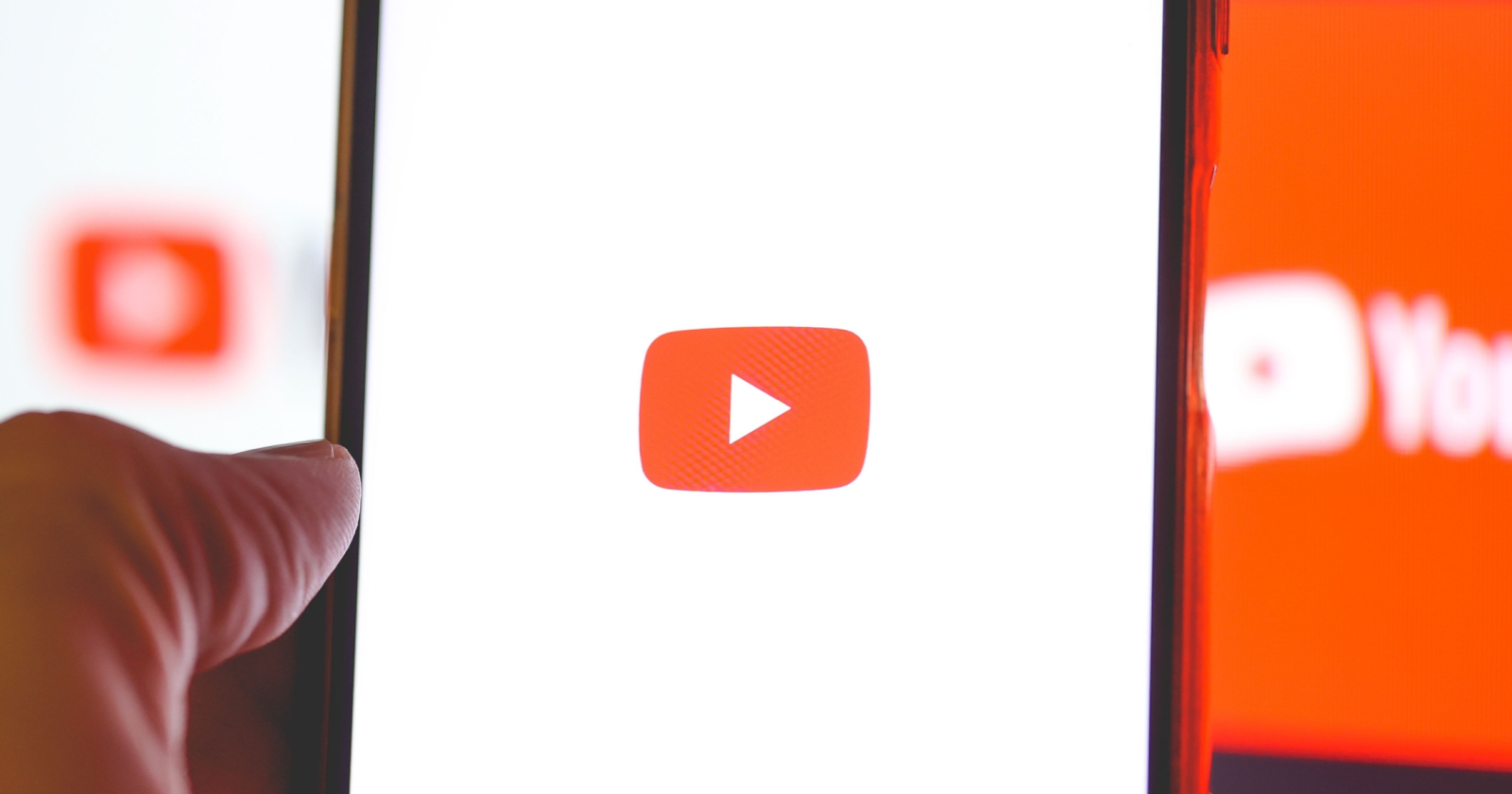SEO
YouTube Addresses Bias & Consistency In Content Moderation

YouTube’s content moderation policies have long been controversial among creators.
In a new video, Matt Halpern, who leads YouTube’s Trust and Safety team, openly discussed the difficulties in enforcing rules on the world’s biggest video-sharing site.
As YouTube keeps growing, finding the perfect balance between allowing freedom of expression and maintaining safety becomes more complex.
In this article, we’ll look at the main points from Halpern’s interview, which provide a better understanding of YouTube’s guidelines, how it moderates content, and its continuous work to enhance the experience for everyone.
Balancing Freedom Of Expression And User Safety
Halpern explained that YouTube’s Community Guidelines aim to balance preserving the platform’s openness and ensuring the safety of its users.
Examples of content that YouTube restricts include adult content, child safety violations, and hate speech or harassment.
Understanding And Adhering To Policies
Creators sometimes find it difficult to understand and comply with YouTube’s policies fully.
Halpern mentioned that the platform is constantly improving its help centers and is considering adjustments to its strike system in response to user feedback. The goal is to make the policy experience more educational and user-friendly.
Addressing Bias And Subjectivity
Creators often worry about potential bias, subjectivity, or personal opinions influencing content moderation decisions.
Halpern assured that YouTube’s content moderators are evaluated frequently for their accuracy and adherence to enforcement guidelines, which helps minimize bias in the moderation process.
Policy Updates And Their Impact On Creators
Halpern acknowledged that policy updates can cause anxiety among creators, as they may be unsure if their old videos will still comply with the new guidelines.
To mitigate this impact, YouTube often removes non-compliant content without issuing account penalties and allows creators to adjust to new policies.
The Challenge Of Consistency
When addressing concerns about the consistency of content moderation, Halpern outlined the extensive process YouTube undergoes to ensure that new policies are applied consistently across its vast network of content moderators.
This process can take weeks or even months and involves multiple rounds of training and assessment.
Providing Time Stamps For Content Violations
Many creators have wanted more specific information about which parts of their videos violated policies.
Halpern confirmed that YouTube is working on providing time stamps for content violations, as they can be helpful for both creators and moderators in understanding the reasons behind content removals.
In Summary
The interview provides a unique glimpse into the world of content moderation on YouTube.
By learning from past experiences, the company is committed to balancing user safety and creative expression.
Source: YouTube
Featured Image: rafastockbr/Shutterstock

![How AEO Will Impact Your Business's Google Visibility in 2026 Why Your Small Business’s Google Visibility in 2026 Depends on AEO [Webinar]](https://articles.entireweb.com/wp-content/uploads/2026/01/How-AEO-Will-Impact-Your-Businesss-Google-Visibility-in-2026-400x240.png)
![How AEO Will Impact Your Business's Google Visibility in 2026 Why Your Small Business’s Google Visibility in 2026 Depends on AEO [Webinar]](https://articles.entireweb.com/wp-content/uploads/2026/01/How-AEO-Will-Impact-Your-Businesss-Google-Visibility-in-2026-80x80.png)















